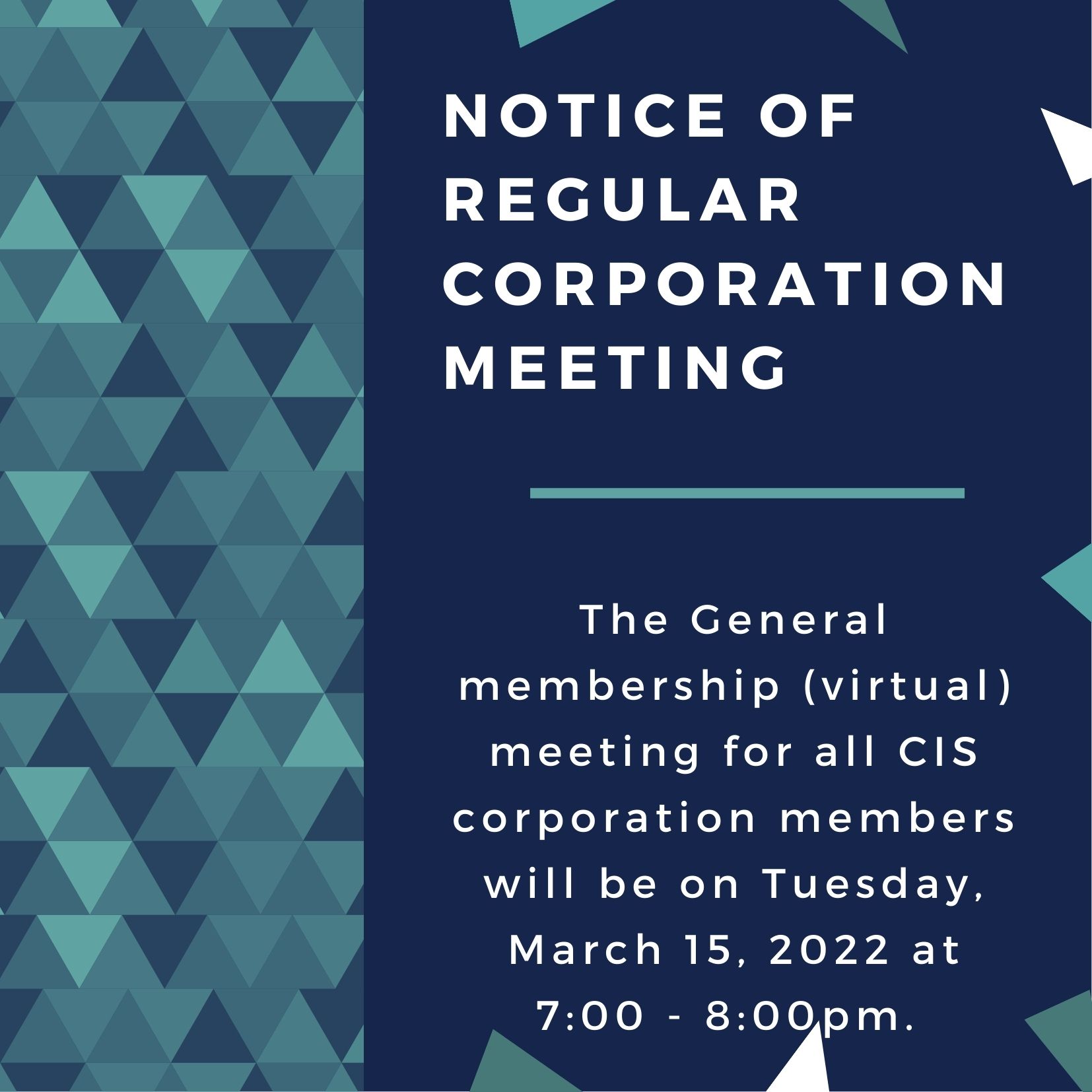
Admin News
by Dr. Gwyn Underwood, Superintendent
The Covid-19 pandemic forced the closure of our on-campus classes on March 16, 2020. As we approach our two-year anniversary of remote learning, we look forward to the final phase of our return very much! In summary, our return to campus has followed three phases:
 Phase 1: Family bubble exercise opportunities using school facilities (under the conditions of the Executive Orders governing exercising during specific alert levels) – Commenced May 2021.
Phase 1: Family bubble exercise opportunities using school facilities (under the conditions of the Executive Orders governing exercising during specific alert levels) – Commenced May 2021.
Phase 2: On-campus SEL Activities trial (under approval from Cebu City Education HUB/EOC) – Commenced October 2021.
Phase 3: Return to on-campus face-to-face (F2F) classes – (under approval from Cebu City/DepEd/EOC) – Projected to commence mid-March 2022 – we hope to have a date for you within the week!
It is now time for CIS community members to give thought to what it will be like when we return to campus.
Our team has been working hard to make the transition as smooth as possible, but there will be areas that will require your attention. These will be both practical issues (such as arranging to pop into school to get uniforms for students who may have outgrown theirs and arranging transport), and psychological issues (such as preparing students being emotionally for being around others for a whole day and to how learning might be different with on-campus safety guidelines and doing hybrid learning).
We are aware many of our community members will have some anxiety over our return. This is normal, so in order to help students, parents, families, and teachers with this transition, here are some of the steps we are taking:
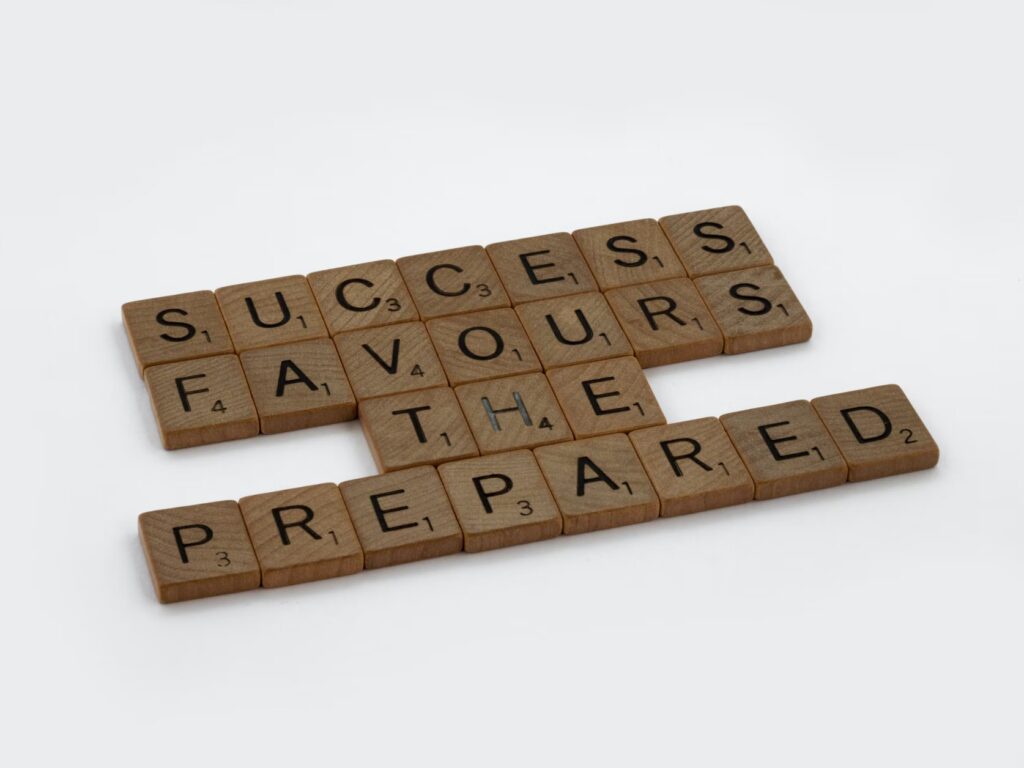 We will be providing multiple opportunities for you to learn about the changes and expectations as we come onto campus, and ask questions.
We will be providing multiple opportunities for you to learn about the changes and expectations as we come onto campus, and ask questions.
- These will include providing written/visual information – such as the Dragon’s Reignite Return to Campus Plan already distributed that outlines the health & safety and procedural guidelines for our safe return. (This is confidential to the CIS Community thus no link is provided here – please access it from the link in the Info Brief from the Superintendent emailed on Feb. 21.)
- We plan to produce a few homemade videos to help you visualize what it will be like to be back on campus!
- Student orientation sessions will be provided on the first two days back on campus.
- Virtual meetings will also be offered for information and Q&A sessions. Parents will also be provided the opportunity to attend a parent orientation on campus!
- Our first two weeks will be a transition phase with a reduced schedule to facilitate us all getting used to being back on campus.
Our objective for this long-awaited event is to do our best to ensure the continuity of learning over the transition period back onto campus. More details will be forthcoming over the next couple of weeks leading up to the return date. Have a wonderful weekend dreaming about it!
Upcoming events of note
March 15 (Tue), 7-8pm: CIS Corporation Regular Meeting (for CIS Corporation members only)
Mid-March (exact date TBC): Return to Campus Orientation and Transition days
March 25 (Fri): HAD 3 (AM)/Faculty PD (PM); No classes in PM
April 4-8: STEM week (rescheduled so as not to conflict with our return to campus transition week)
Please refer to the CIS Event Calendar for the complete calendar of school events.
Early Years Class
by Ms. Aimee Valenzona, EY Teacher and Ms. Freya Abella, EY Class Assistant
A week ago, our EY explorers shared about the kind of sounds they prefer hearing. During our synchronous calls, we gathered their ideas and noticed how important it is for us to appreciate sounds and how music is connected to our emotions. We observed that soft sounds are pleasant and not all loud sounds are unpleasant. Most of the students prefer to listen to loud sounds during the day and soft sounds during the night. We noticed a few important points our students shared during our discussion. According to them, Music calms them down and it makes them feel happy and relaxed. There are two types of music, soft and loud music. They find music nice to the ears while noise hurts the ears. These are some of the ideas we gathered from our students.
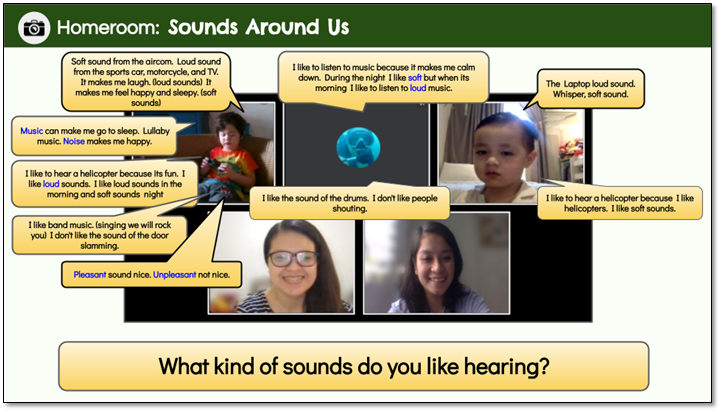
This week, the Early Years explored even deeper into our unit and tried a simple experiment to find out how sounds are produced by creating our own musical instruments. They were given the option to choose what musical instrument they would like to make. Then, they prepared the materials and started making their chosen musical instrument during our synchronous call. They learned about how sounds are produced by playing their musical instruments and by singing the song about Vibration. We continued with another experiment and made a telephone string to find out how sounds travel. We learned that our voice vibrates the air inside the cup and transfers to the bottom of the cup, then passes the sound waves to the string and to the other cup which allows us to hear. Our EY Explorers explored how these are done by using their telephone strings with their family members.
In Literacy, our EY writers have started the beginning part of their book by identifying the characters and the setting of their stories. They started with simple drawings and shared how their stories began. As we move along, we will continue with our books and start thinking about what happens next in our stories. The process of creating their books can help develop their thinking, writing and communication skills.
We are looking forward to finishing and sharing our books with our families and friends! For now, can you guess what happens next in our stories?
Beginning part of our stories:
Baz
Lincoln
Teddy

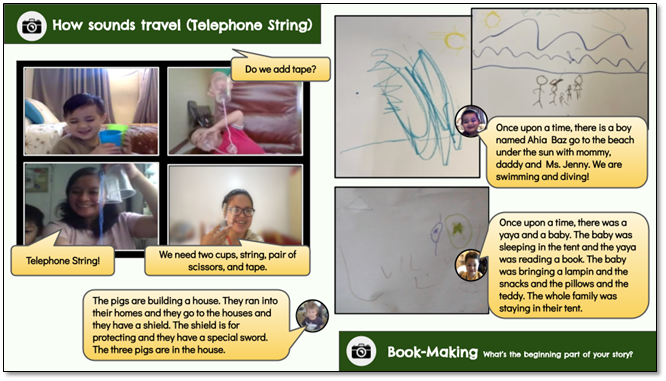
Elementary: Language Acquisition – English
by Ms. Evangeline Belono-ac and Ms. Claudette Colinares, LA Teachers
In Language Acquisition-English classes, students engage in numerous learning activities to develop the four language domains- listening, speaking, reading, and writing. They explore words related to their units of inquiry to build their vocabulary, improve their comprehension, and to support them in accessing the curriculum.

Speaking and Listening
Oral language skills are essential to a student’s language and literacy development. Speaking and listening skills need to be taught and practiced. Students are more likely to master their speaking and listening skills when they are actively engaged in learning them. Therefore, to enhance the students’ speaking and listening skills, they are provided opportunities to practice using the language orally such as sharing their experiences, participating in discussions, performing dialogues, doing oral presentations, and playing games.
Building Vocabulary
Vocabulary development is vital in learning a language. It is not only key to reading comprehension but also important in developing oral communication skills. The more words a child knows, the better he or she  will understand the text and express himself or herself orally. To expand their vocabulary, students explore words related to their units of inquiry. They learn their meaning, spelling, and usage. They engage in varied activities to review and master the words such as Word Search, Crossword puzzles, unscrambling letters, and playing games like 4Pics-1Word, Pictionary, Drawize, Scattergories, charades, etc.
will understand the text and express himself or herself orally. To expand their vocabulary, students explore words related to their units of inquiry. They learn their meaning, spelling, and usage. They engage in varied activities to review and master the words such as Word Search, Crossword puzzles, unscrambling letters, and playing games like 4Pics-1Word, Pictionary, Drawize, Scattergories, charades, etc.

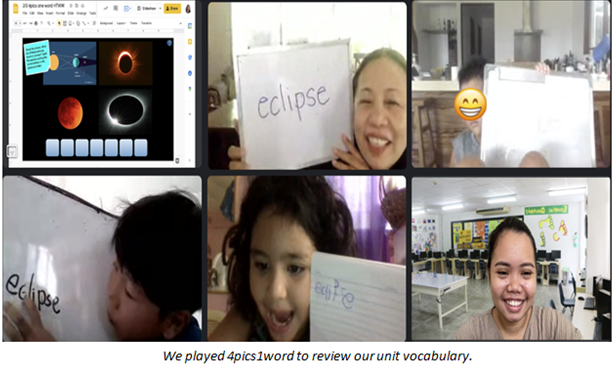
Reading
Reading is an important part of language learning because it helps students 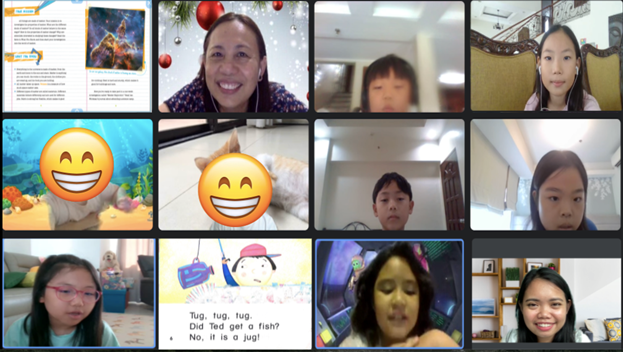 develop other related skills such as grammar, vocabulary, and writing. It allows students to see grammatically correct sentences in context and this can serve as their model for their own writing. While reading, students learn new words. In class, students read fiction and nonfiction books related to their units of inquiry to improve their accuracy, fluency, vocabulary, and comprehension. Reading materials are utilized as mentor texts or as springboards to writing activities and to support the reading skills developed in their literacy class.
develop other related skills such as grammar, vocabulary, and writing. It allows students to see grammatically correct sentences in context and this can serve as their model for their own writing. While reading, students learn new words. In class, students read fiction and nonfiction books related to their units of inquiry to improve their accuracy, fluency, vocabulary, and comprehension. Reading materials are utilized as mentor texts or as springboards to writing activities and to support the reading skills developed in their literacy class.
Writing
Writing is another integral element in learning a language. It provides students with the avenue to learn all the rules of their language and how they can better organize their ideas more coherently using the language.  Writing practice helps students think and speak in the language they are learning. As they continue practicing, they are able to quickly form new thoughts in that language. The practice eventually leads to proficiency in the language because they have developed a deeper understanding of it. Students learn grammatical rules and structures and apply these skills and knowledge in their writing. Following the writing process, they produce various texts based on the writing genre focus of their homeroom literacy class.
Writing practice helps students think and speak in the language they are learning. As they continue practicing, they are able to quickly form new thoughts in that language. The practice eventually leads to proficiency in the language because they have developed a deeper understanding of it. Students learn grammatical rules and structures and apply these skills and knowledge in their writing. Following the writing process, they produce various texts based on the writing genre focus of their homeroom literacy class.
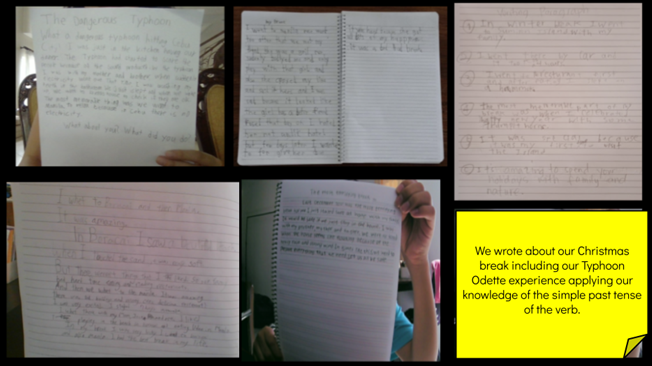
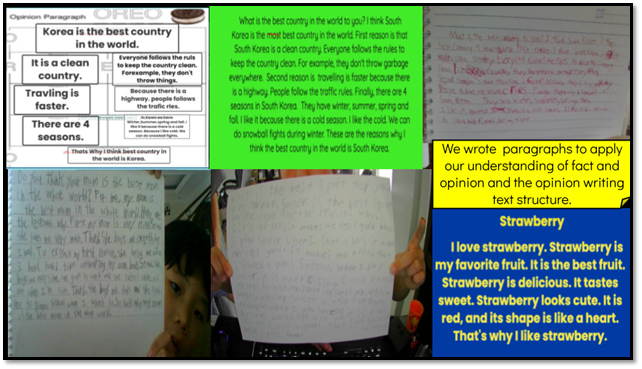
Model United Nations 2022 (BEIMUN)
by Ms. Emily Cornet, IBDP Coordinator
During the second half of February each year, students from CIS have typically travelled to China to participate in the prestigious BEIMUN Conference, hosted by the International School of Beijing. For the second year in a row, this conference took place in an online setting, with over 400 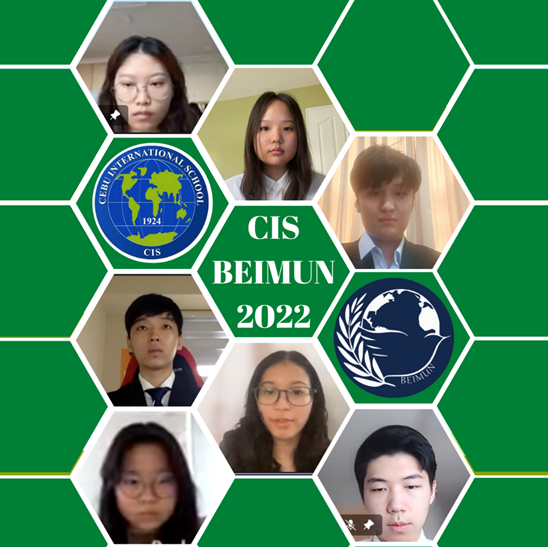 students from 39 different schools joining Microsoft Team to have committee meetings, breakout sessions, and debates. The Conference spanned four days, with an additional prep day the week before.
students from 39 different schools joining Microsoft Team to have committee meetings, breakout sessions, and debates. The Conference spanned four days, with an additional prep day the week before.
Our team of seven students from CIS were spread across committees participating in discussions surrounding vaccine passports, protecting human rights of people with different sexual orientations and gender identities, declining birthrates and aging populations, anthropocene extinction, and the conflict between Russsia and Ukraine. Students prepared resolutions and amendments in teams with students from other schools, as well as voiced the opinions of their assigned countries through parliamentary debate and questions.
One student described their experience as “There were definitely many situations that involved us feeling confident and unsure, especially when writing our resolutions. Due to this bit of uncertainty and drive to finish before the committee session, I felt that this was the main highlight of the conference. I was able to learn from the other delegates and hear the great ideas they had in their own resolutions, and finally work together to merge them. During this session, we talked about the reduction of carbon emissions, renewable energy, business compliance with environmental laws, and awareness. Additionally, we planned on defending and focusing on some clauses in our speeches as the delegate of China facilitated the discussion, and I am glad that the resolution passed.”
Another student said, “Although I didn’t talk as much, I had a good experience because this was my main first MUN where I did thorough research on my topic, due to interest, and it also feels sad knowing that this might be my last BEIMUN.”
Congratulations on a great job done over the February 24-27 weekend to our CIS BEIMUN Team: Akeisha M (11), Hayun W (11), Jun J (11), Jooha C (11), Thomas K (11), Seohyun P (10) and Selly P (11).
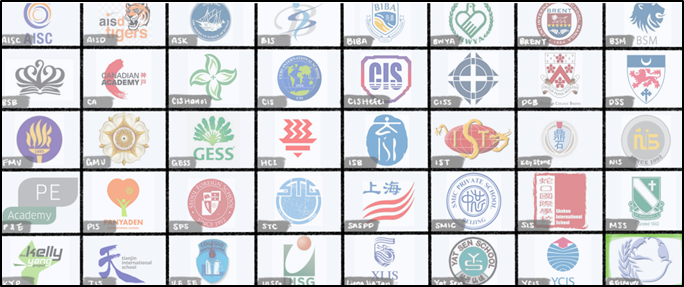
Assessment Should Never be a Mystery
by Mr. Jon Denton, MYP/PYP Coordinator
 Imagine an assessment where you are given the answer scheme ahead of time. Where you know how you have done before the teacher even looks at your work. No need to imagine. This is the reality of assessment in the MYP.
Imagine an assessment where you are given the answer scheme ahead of time. Where you know how you have done before the teacher even looks at your work. No need to imagine. This is the reality of assessment in the MYP.
MYP achievement levels are defined by a set of descriptors that paint a clear and transparent picture of a student’s current level of understanding within that subject. Achievement levels are earnt by students when they demonstrate the qualities that are defined by the descriptors. Furthermore, these levels are standardised in a manner that a student receiving an achievement level of “four” at CIS would receive the same level of achievement from every teacher in any MYP school throughout the world.
How achievement levels are determined
Each subject is assessed against four learning criteria that have been defined by the IB. Criterion A deals with subject specific knowledge and understanding, Criterion B with research and exploration, Criterion C with communicating understanding, and Criterion D with critical thinking and applying understanding to real world scenarios.
Each criteria is broken down further into stands that deal with specific skills. For example in the Personal Project Criterion A Strand one asks students to state a learning goal for the project and explain how a personal interest led to that goal. Note how each level has been defined. The terms in bold are command terms, and they distinguish the difference between the levels.
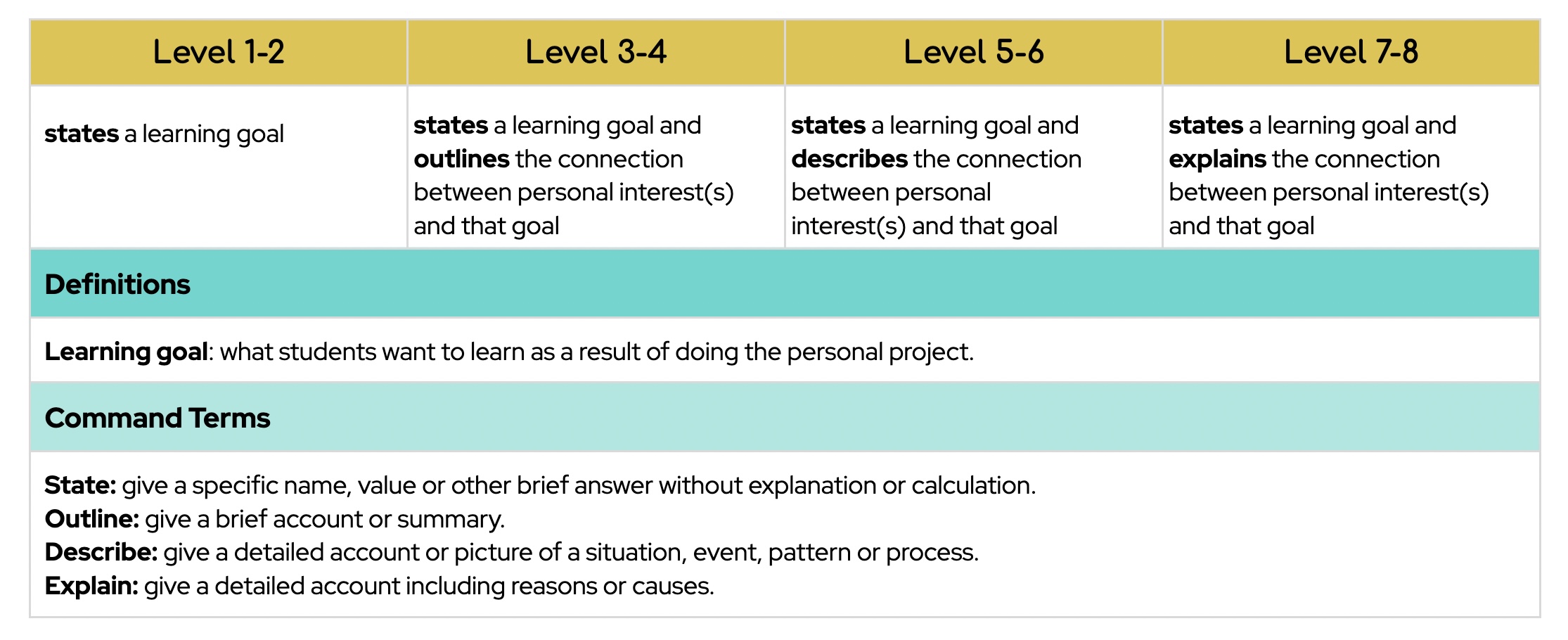
To determine a student’s achievement level we start with the first descriptor and ask ourselves, does this describe the student’s performance – have they stated their learning goal? If the student work exceeds the expectations of the first descriptor, we determine whether it is described by the second descriptor – the student outlined the connection between their personal interest and that goal. This practice continues until we arrive at a descriptor that does not describe the student work; the work will then be described by the previous descriptor.
To help students succeed the teacher will provide examples of what each level could look like, as has been done below.
OUTLINING – 3/4
give a brief account or summary
I have always been interested in visual images although I had never really given much thought to why I like the images that I do. All those beautifully crafted HDR landscapes on Pintrest or Instagram, lighthouses at sunset, sweeping views of the ocean, fluffy clouds floating above the Australian outback, are quite dull to me.
It was an idea from Joel Meyerowitz that best summed up my love of imagery. He suggests that photography gives you the unique opportunity to force a narrative between two completely random subjects. This pointed me in the direction of street photography.
Exploring different street photographers helped me further refine my goal. And so my learning goal for my personal project is to develop my understanding of how to photograph light. I want to use this to show the beauty of the streets in the city in which I live.
DESCRIBING – 5/6
give a detailed account or picture of a process
I have always been interested in visual images although I had never really given much thought to why I like the images that I do until recently. All those beautifully crafted HDR landscape photos you see on Pintrest, Instagram, don’t do it for me. They just don’t tell a story. A lighthouse at sunset, sweeping views of the ocean, fluffy clouds floating above the Australian outback. These all might be beautiful images but I find them quite boring to look at.
It was an idea from Joel Meyerowitz that best summed up my love of imagery. He suggests that photography gives you the unique opportunity to force a narrative between two completely random subjects. This illustrated the power of the medium to me, and pointed me in the direction of street photography. I wanted to document time.
Exploring the works of different street photographers helped me further refine my goal. I was blown away by the works of Saul Leiter.
And so my learning goal for my personal project is to develop my understanding of how to photograph light. I want to use this to show how beautiful the streets of the city in which I live are.
EXPLAINING – 7/8
give a account of a process, including reasons or causes for actions
I have always been interested in visual images, the saying a picture is worth 1000 words has always struck me as being particularly perceptive.
I had never really given much thought to why I like the images that I do until recently. All those beautifully crafted HDR landscape photos you see on Pinterest, Instagram and in “how to” tutorials on YouTube don’t do it for me. They just don’t tell a story. A lighthouse at sunset, sweeping views of the ocean, fluffy clouds floating above the Australian outback. These all might look fantastic as a screensaver or a postcard but for me there is no narrative, no story, no life. To tell the truth I find them quite boring, and are best left to painters and poets.
It was a Joel Meyerowitz idea I heard that best summed up my love of imagery. He suggests that photography gives you the unique opportunity to force a narrative between two completely random subjects. By capturing two strangers in a composition you are forcing your viewer to make some imaginary connection between the two – why are they both there. This illustrated the power of the medium to me, and pointed me in the direction of street photography. I wanted to capture the fashions, the trends, the colours, the vibrance, the smell and the feel of the street in my photographs. To document time.
Exploring the works of Daidō Moriyama, Jill Freedman, Robert Frank, Fan Ho, Bruce Gilden, Vivian Maier, William Klein, and Boogie helped me further refine my goal. Ultimately I was blown away by the works of Saul Leiter. His use of color, focus and light are my inspiration for this project.
And so my learning goal for my personal project is to develop my understanding of how to photograph light. I want to use this to show how beautiful the streets of the city in which I live can be.
Please note the skill that is being developed is to give a detailed account of a process that includes the reasons and causes. The example clearly shows the difference between outlining, describing and explaining. This skill of being able to explain rather than outline is transferable to all subjects. Whenever they see the term “explain” in an assessment they will know what is expected in the answer. This constructionist approach will enable students to be successful in all their subjects.
College/Careers Counselor Corner
by Ms. Jenny Basa, College/Careers Counselor
If you missed the Alumni Chat – Career Focus on Fitness, Sport & Wellness, you can access the recording here. Here are a few insights from our alumni guests last week.
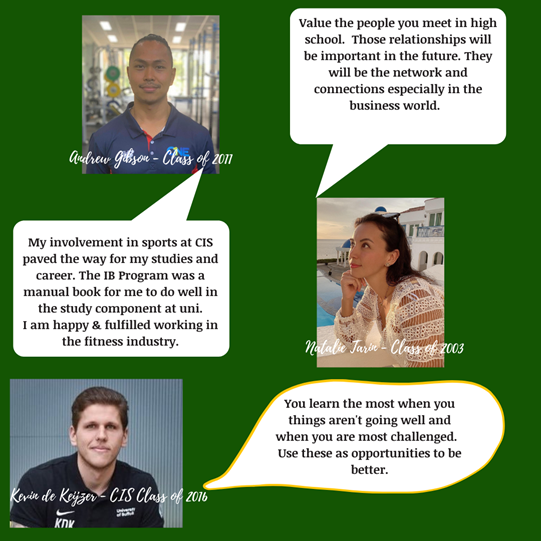
Upcoming Virtual Events and Fairs: (students & parents are welcome)
EVENT
Do you want the chance to meet with over 60 universities worldwide? If you do, please join the Webifair tomorrow.
CIS is a co-host high school. There will be a 20min. Session on “How Colleges Evaluate Applications”. At the event, there will be a workshop on “AROUND THE WORLD IN 30 MINS – HOW TO MAKE STUDY ABROAD AFFORDABLE” where students can hear about how to make international education affordable in 8 different countries and a career fair with 60 universities around the world whom they can meet individually (including Canada, Hong Kong, Ireland, Italy, Netherlands, Spain, U.K, the U.S).
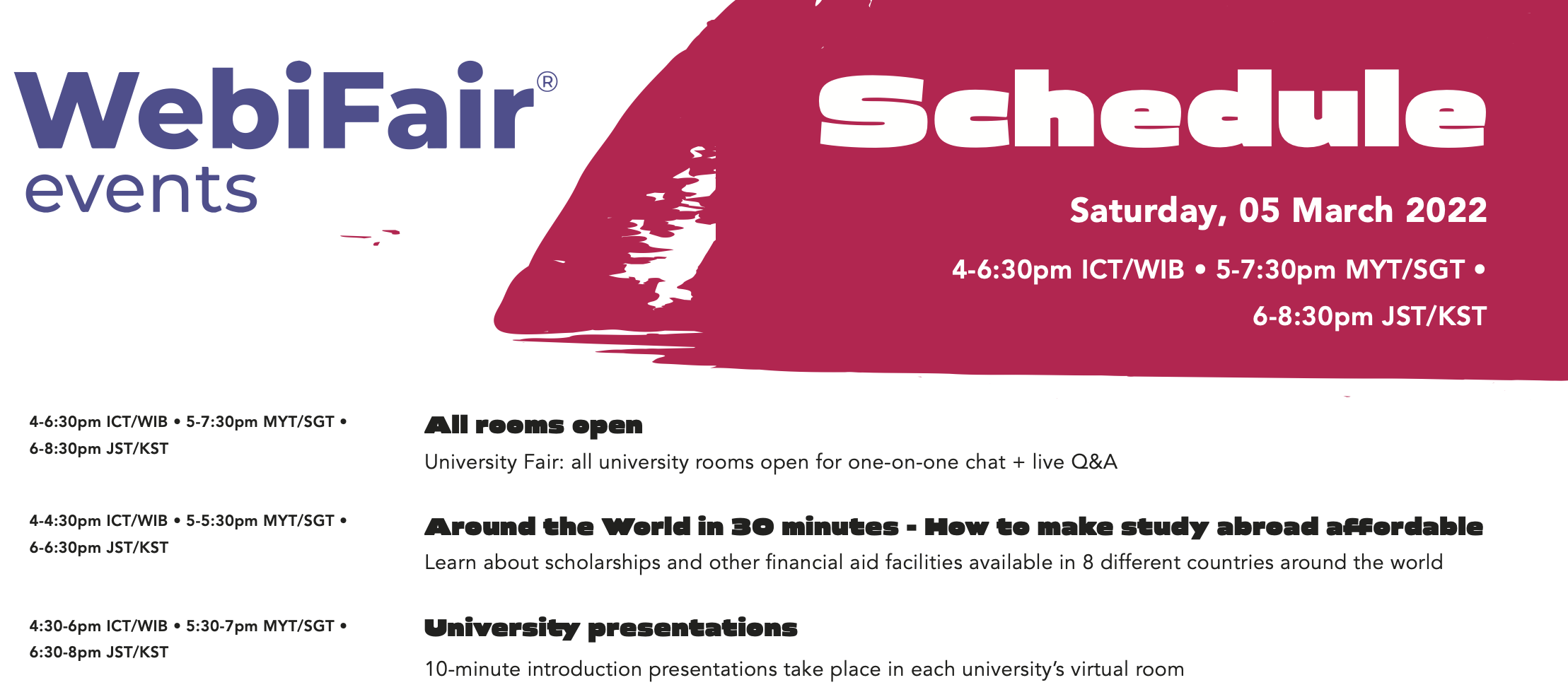
March 9, 2022
6:00PM PHT
Register here
Rice University (USA)
Information Session for International Students
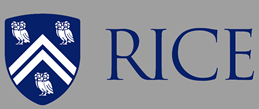
March 25 & 26
1:00 – 7:00PM
Study Abroad Virtual Fair

SAT Update
The SAT exam for March 12, 2022 will push through.

For safety requirements and guidelines, please refer to https://go.cis.edu.ph/SAT-guidelines
Corp. Notice
